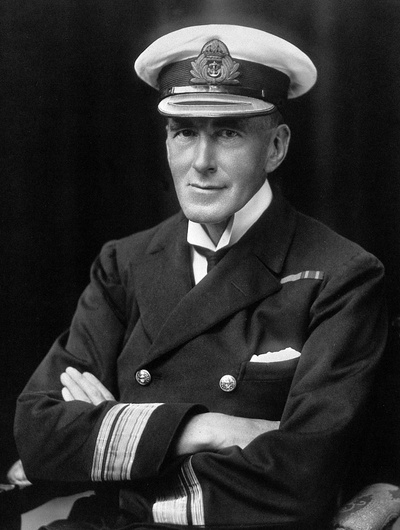
The recommendations of the Rolleston Committee Report, which were incorporated into the Dangerous Drugs Regulations of 1926, formed the basis of British policy up until the early 1960s. Prior to 1926, British doctors freely prescribed heroin and morphine to people with addictions to opiates. However, a growing concern about addiction led to the appointment of the Departmental Committee on Morphine and Heroin Addiction in 1926 that was chaired by the Minister of Health, Sir Humphrey Rolleston. The committee was asked to “consider and advise” concerning the “supply of morphine and heroin to persons suffering from addiction to those drugs” and to suggest the regulatory measures that needed to be in place.
The Rolleston Committee Report defines drug addiction as an illness and placed the responsibility for the treatment and control of addiction firmly in the hands of the medical profession. Based on the Rolleston report, doctors could prescribe opioids as a means to slowly wean someone off of the drugs or as a maintenance therapy. Patients were approved for “indefinitely prolonged administration” if (1) withdrawal would result in “serious symptoms which cannot be treated satisfactorily” or (2) a set dose would result in them being able to lead “a fairly normal and useful life” that was not otherwise achievable.
Source: Bennett, T. (1988). Law and Contemporary Problems 51, 299-314.
| Drugs: | Opium (morphine, heroin, opioids) |
|---|---|
| Regions: | UK (England, Scotland, Wales, Northern Ireland) |
| Topics: | Medicinal use of drugs, Taxation and regulation |
